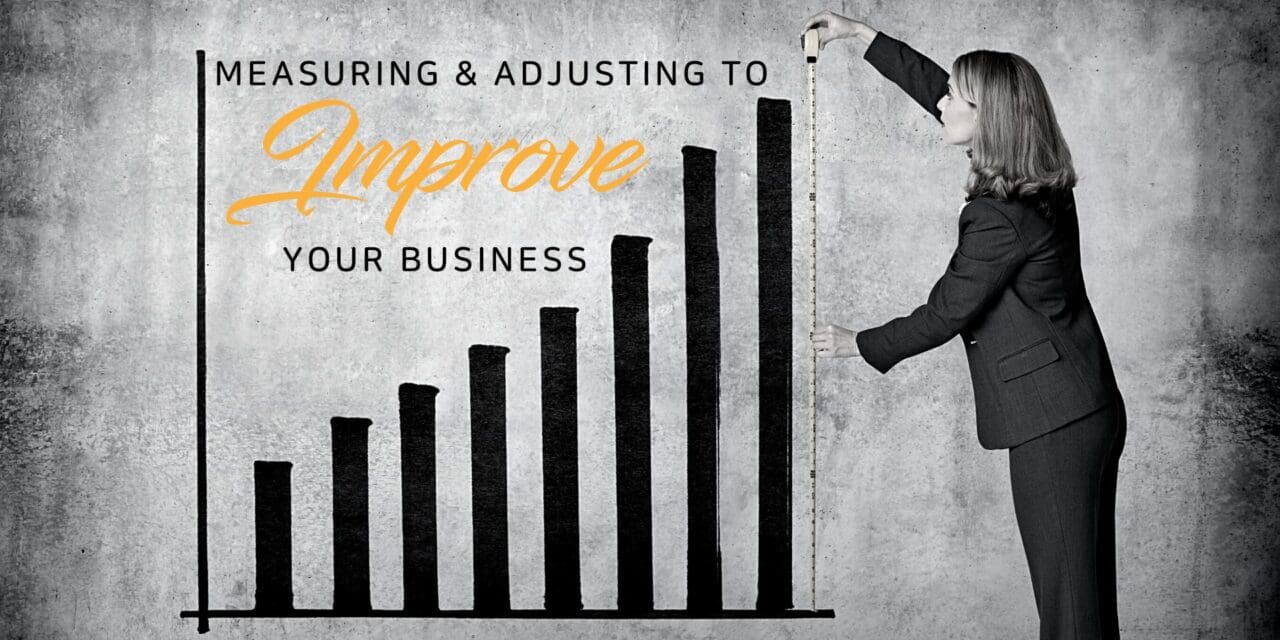By tracking key performance indicators (KPIs), you can identify trends, patterns, and anomalies that would otherwise go unnoticed. This information can then be used to make adjustments to your business operations and strategies in order to achieve your goals.
How to choose the right KPIs
The first step to using KPIs to improve your business is to choose the right metrics to track.
The specific KPIs that you set and observe will vary depending on your industry and business model. However, there are a few key areas that all businesses should look at:
Sales
Sales are the lifeblood of any business, so it is important to track your sales performance on a regular basis. This includes tracking total sales, sales by product or service category, and sales by customer segment.
Profitability
Profitability is a measure of how much money your business is making after all expenses have been paid. To track profitability, you will need to track your revenue, costs, and expenses.
Customer satisfaction
Customer satisfaction is a measure of how happy your customers are with your products or services.
Customer satisfaction is important because satisfied customers are more likely to repeat their business and refer your business to others.
Employee engagement
Employee engagement is a measure of how engaged and productive your employees are. Engaged employees are more likely to go the extra mile for your business and help you achieve your goals.
How to track your KPIs
Once you have chosen the KPIs that you want to track, you need to develop a system for tracking them on a regular basis.
This may involve using a customer relationship management (CRM) system, a business intelligence (BI) tool, or simply a spreadsheet.
When tracking your KPIs, it is important to be consistent. You need to look at the same KPIs on a regular basis, using the same methodology to calculate them. This will allow you to see trends and patterns in your data over time.
How to analyse your KPI data
Once you have tracked your KPIs for a period of time, you need to analyse your data to identify trends and patterns.
This will help you to clearly see the areas where your business is performing well and areas where you need to improve.
There are a number of different ways to analyse your KPI data.
You can use simple charts and graphs to visualise your data and identify trends. You can also use more sophisticated statistical analysis tools to identify patterns and correlations in your data.
How to adjust your business operations based on your KPIs
Once you have analysed your KPI data and identified areas for improvement, it’s time to develop and implement action plans to address these areas.
This may involve changing your marketing strategy, product offerings, customer service procedures, or employee training programs.
It is also important to monitor your progress and make adjustments to your action plans as needed.
You should then continue to track your KPIs on a regular basis to ensure that your adjustments are having the desired effect.
A few quick tips
- Set specific, measurable, achievable, relevant, and time-bound goals for each KPI.
- Benchmark your performance against your competitors or against industry standards.
- Share your KPI data with your employees and encourage them to contribute ideas for improvement.
- Create a culture of continuous improvement in your business.
A few examples
If you’re wondering how tracking KPIs might assist your business strategy, here are some quick examples of KPIs in action:
Underperforming products
A retail company would use KPIs to track the performance of its different product categories.
The company identifies that one product category is underperforming. They then develop a new marketing campaign for this product category and are able to increase sales by 20 per cent.
Customer satisfaction
A technology company might use KPIs to track the customer satisfaction of its customers.
The company discovers customers aren’t satisfied with the time it takes to resolve customer support tickets.
They then implement a new customer support process and are able to reduce the average time to resolve a ticket by 50 per cent.
Productivity
A manufacturing company taps into KPIs to track the productivity of its employees.
The business ascertains one production line is underperforming.
The company then implements a new training program for employees on this production line and is able to increase productivity by 10 per cent.
The final word
Measuring and adjusting your business operations based on KPIs is a critical part of any successful business strategy.
By following the tips above, you can use KPIs to improve your business performance, increase your profitability, and achieve your goals.









